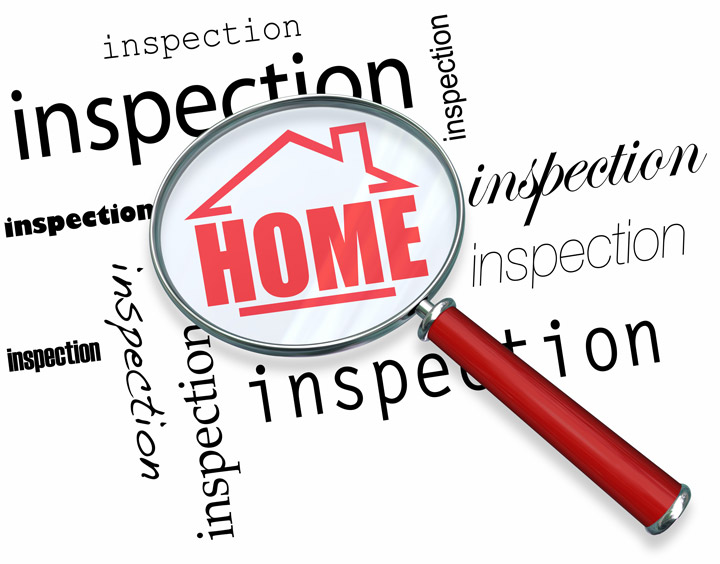
What Are the Parts of an Appraisal?A home purchase is the most significant investment some of us may ever encounter. It doesn't matter if a main residence, an additional vacation home or a rental fixer upper, the purchase of real property is a detailed financial transaction that requires multiple people working in concert to make it all happen. Most people are familiar with the parties having a role in the transaction. The real estate agent is the most recognizable face in the transaction. Then, the bank provides the money necessary to fund the deal. And the title company makes sure that all details of the sale are completed and that the title is clear to pass to the buyer from the seller. So, what party makes sure the value of the real estate is in line with the amount being paid? In comes the appraiser. We provide an unbiased opinion of what a buyer might expect to pay — or a seller receive — for a property, where both buyer and seller are informed parties. A licensed, certified, professional appraiser from Resort Appraisal Park City will ensure, you as an interested party, are informed. The inspection is where an appraisal beginsTo ascertain the true status of the property, it's our duty to first complete a thorough inspection. We must see aspects of the property hands on, such as the number of bedrooms and bathrooms, the location, and so on, to ensure they really exist and are in the condition a reasonable buyer would expect them to be. To make sure the stated size of the property has not been misrepresented and document the layout of the property, the inspection often includes creating a sketch of the floorplan. Most importantly, we identify any obvious features - or defects - that would have an impact on the value of the property. Following the inspection, we use two or three approaches to determining the value of the property: a paired sales analysis, a replacement cost calculation, and an income approach when rental properties are prevalent. 
Replacement CostThis is where the appraiser pulls information on local building costs, the cost of labor and other factors to figure out how much it would cost to construct a property comparable to the one being appraised. This figure often sets the maximum on what a property would sell for. The cost approach is also the least used method. 
Analyzing Comparable SalesAppraisers get to know the subdivisions in which they appraise. They innately understand the value of certain features to the people of that area. Then, the appraiser looks up recent sales in the vicinity and finds properties which are 'comparable' to the subject being appraised. Using knowledge of the value of certain items such as square footage, extra bathrooms, hardwood floors, fireplaces or view lots (just to name a few), we add or subtract from each comparable's sales price so that they are more accurately in line with the features of subject property.
Once all necessary adjustments have been made, the appraiser reconciles the adjusted sales prices of all the comps and then derives an opinion of what the subject could sell for. When it comes to putting a value on features of homes in Park City and Summit, Resort Appraisal Park City is your local authority. This approach to value is most often awarded the most consideration when an appraisal is for a real estate sale. Valuation Using the Income ApproachIn the case of income producing properties - rental houses for example - we may use a third way of valuing real estate. In this situation, the amount of revenue the real estate produces is factored in with other rents in the area for comparable properties to give an indicator of the current value. Arriving at a Value ConclusionCombining information from all approaches, the appraiser is then ready to stipulate an estimated market value for the subject property. It is important to note that while this amount is probably the best indication of what a property is worth, it probably will not be the price at which the property closes. There are always mitigating factors such as the seller's desire to get out of the property, urgency or 'bidding wars' that may adjust the final price up or down. Regardless, the appraised value is often employed as a guideline for lenders who don't want to loan a buyer more money than they could recover in case they had to sell the property again. Here's what it all boils down to, an appraiser from Resort Appraisal Park City will help you discover the most accurate property value, so you can make the most informed real estate decisions. |